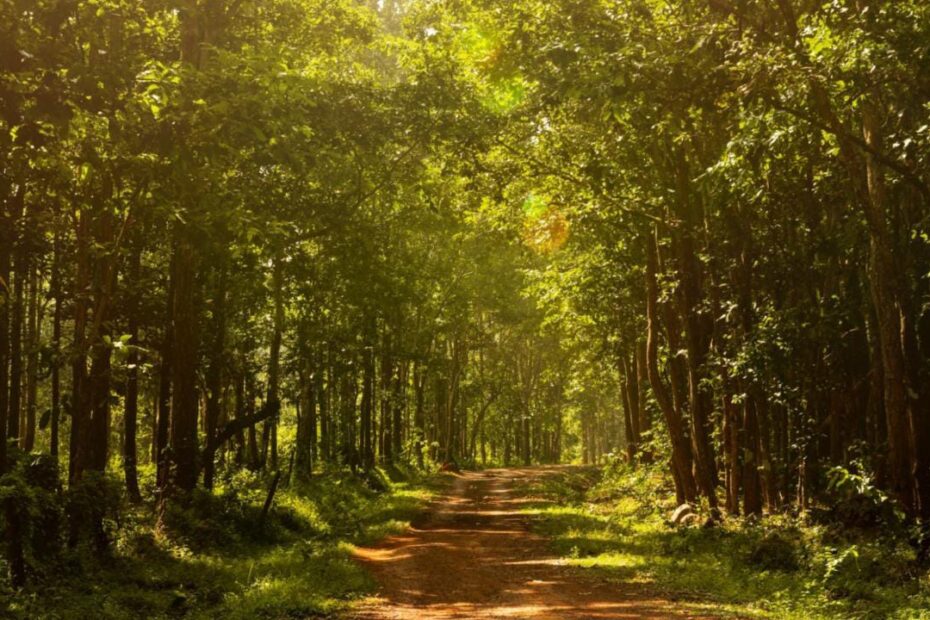Simlipal National Park, located in Odisha’s Mayurbhanj district, is a treasure trove of biodiversity and natural beauty. This picturesque land covers an area of 2750 sq. kilometers and boasts diverse landscapes, ranging from lush forests to rocky hills. The core zone of the park stretches for 845.70 sq. kilometers and goes up to an elevation of 900 meters.
The park has been recognized as a UNESCO World Network of Biosphere Reserve since 2009, reflecting its global significance and conservation value. It is also part of the Mayurbhanj Elephant Reserve, which includes two other protected areas: Hadgarh Wildlife Sanctuary and Kuldiha Wildlife Sanctuary. The park derives its name from the red silk cotton trees, locally known as ‘simul’, that bloom abundantly in the region.
ADVERTISEMENT
Simlipal National Park is an ideal destination for nature lovers, who can explore the park’s rich wildlife, stunning waterfalls, and scenic views. The park is also home to the majestic Royal Bengal Tiger. The park offers a variety of activities and attractions, such as safaris, nature camps, trekking, and birdwatching.
There is always something new and fascinating to discover in Simlipal. In this article, you will get to know the following points about the Simlipal National Park,
Let’s see each of these points in detail.
Timings of Similipal National Park
| Entry Time (Day Visit) | 6:00 AM to 9:00 AM |
| Exit Time (Day Visit) | 6:00 PM |
| Entry Time (Night Stay) | 6:00 AM to 5:00 PM (Recommended) |
ADVERTISEMENT
The park remains open for visitors from November 1 to June 15 each year. It remains closed during the rainy season.
Similipal National Park Ticket price
| Indian Citizens (Less then 10 people in a group) | ₹100 per person |
| Indian Citizens (10 or more people in a group) | ₹50 per person |
| Foreign Nationals (Less than 10 people in a group) | ₹100 per person |
| Foreign Nationals (10 or more people in a group) | ₹50 per person |
| Students (Less than 10 people in a group) | ₹30 per person |
| Students (10 or more people in a group) | ₹20 per person |
| Child (Less than 3 years), PwD | Nil |
| Still Camera (for Amateur Photography, Indians) | ₹50 |
| Still Camera (for Amateur Photography, Foreign Nationals) | ₹200 |
You can check the complete fee structure here.
History of Similipal National Park
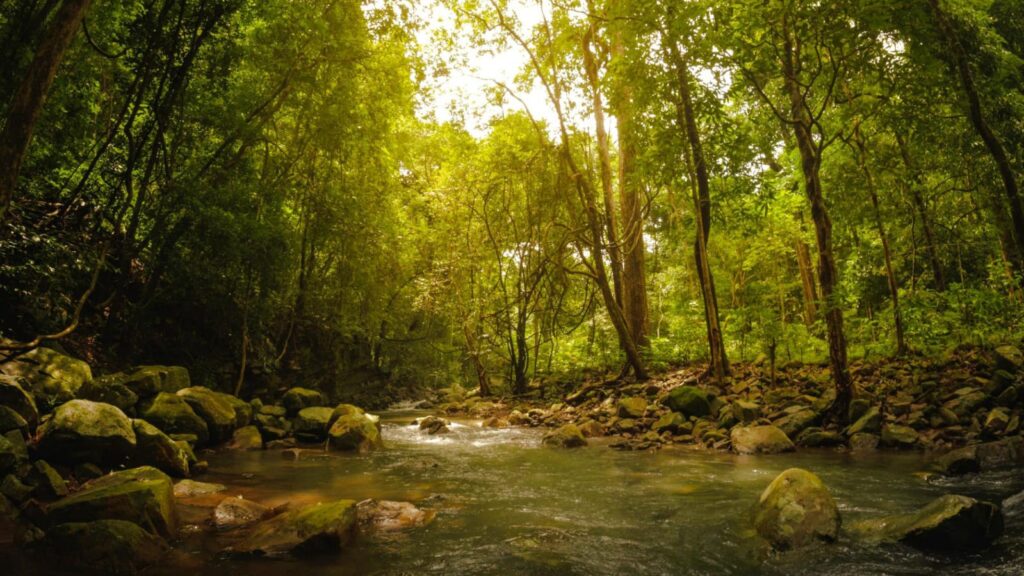
The biodiverse region of the Simlipal National Park and Tiger Reserve was once a hunting ground for the then royalties who used to rule the place. Then in 1956, it got a formal designation as a tiger reserve. Later, in May 1973 it was under the Project Tiger.
The “Mugger Crocodile Scheme” was initiated in 1979. Simlipal was then declared as a Wildlife Sanctuary by the Government of Odisha in the same year. At that time the sanctuary covered an area of 2200 sq. kilometers. Then again in 1980, the State Government proposed to make a part of the sanctuary a National Park, and the park’s area was expanded in the following years.
ADVERTISEMENT
Then again, the State Government proposed a certain portion of land to be the National Park in 1980. The area of the park was increased in the latter years and was also recognized as a biosphere reserve by the Indian Government. It also joined the World Network of Biosphere Reserve of UNESCO in 2009.
Many people live within the park’s boundaries, which is why Simlipal is not yet a fully developed national park. It is one of the 18 biospheres of the Indian subcontinent and boasts a rich and diverse wildlife.
The natural beauty of Similipal National Park
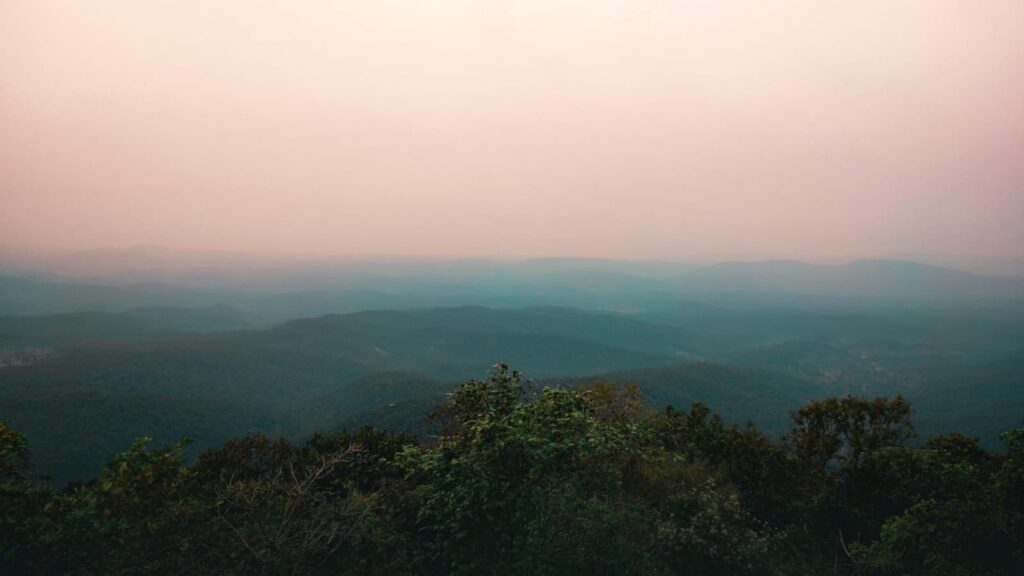
Nature’s charms are always promising. In Simlipal, there is silence in the atmosphere but this harmoniously blends with the sounds of the animals and birds. Rolling hills and sprawling forestland make the landscape magical. Through the terrain, the river streams make their way very smoothly, adding to the place’s charm.
The park has two distinctive zones: the Southern and Northern zones. Both these zones are absolutely different in terms of their beauty and panorama. The southern zone exhibits highlands like Khariburu and Meghasani. This is also the core region of the park. The northern zone is mostly for tourists. It has mesmerizing sloping mountains and alluring destinations such as Joranda, Barehipani, Lulung, and Sitakund.
The mind-boggling surrounding of the park looks like a mystical land. Flora and fauna contribute to the main beauty of this place. Being in the eastern highland, the biome includes moist deciduous forest, tropical moist deciduous forest, dry deciduous hill forest, sal forest, and tropical moist broadleaf forest. The perching sunrays through the canopy of the trees give the park a characteristic look.
ADVERTISEMENT
Another feature is the stretched grassland and the savannas. It exactly looks like the one that we generally see on the National Geographic channel. The fresh aroma fills the air which generally comes from the aromatic and medicinal plants of the region.
Speaking of the fauna, the park and the protected area have their soul due to them. There is a tiger, sambar, leopard, chausingha, giant squirrel, Mugger Crocodile, etc. The colorful creatures like the Malabar pied hornbill, gray hornbill, Indian trogon, etc, are also very impressive.
The national park is also famed for its waterfalls which blend perfectly into this nature’s paradise. Way more beauty hides in the woodlands that will take you over in all different ways.
Attractions at Similipal National Park
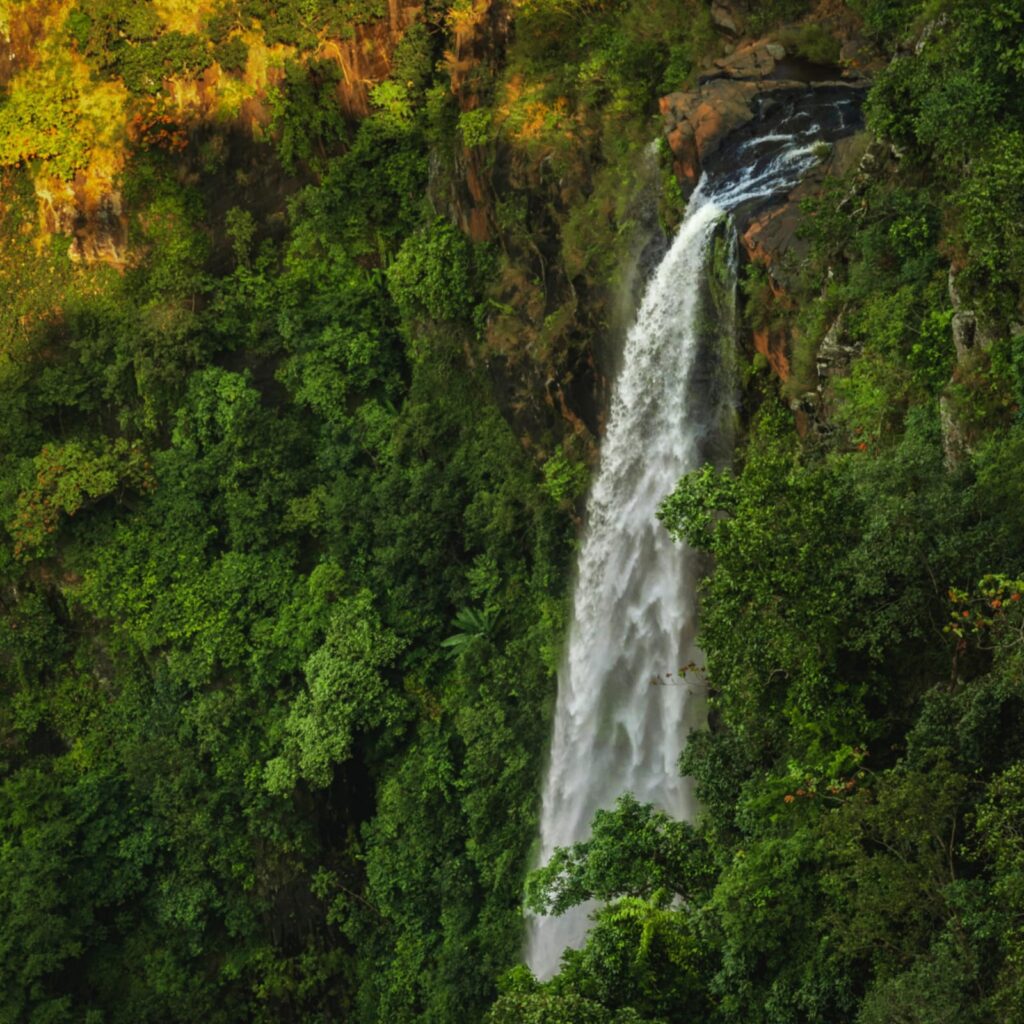
Simlipal National Park is home to many attractions. Some of them are:
Joranda Falls: This remarkable waterfall cascades down from a height of 181 meters. It gushes down in a single drop and creates an enchanting scene. This is one of the highest falls in India and a prime attraction of the park.
Barehipani Falls: The water of this fall cascades down in two tiers with a total elevation of 217 meters. A dramatic effect can be seen as it flows through the rugged rocks and ends in a broad pool. This is the second-highest waterfall in India and a must-see for visitors.
ADVERTISEMENT
Devkund or Debakunda: This is a naturally formed pool created by the adjacent waterfall. The meaning of the lake translates to the bathtub of gods and goddesses and it is considered sacred by the locals. The pool is surrounded by lush greenery and offers a serene atmosphere.
Lulung: It is one of the entry points to the park and a scenic picnic spot. It provides breathtaking views of the landscape and the crystal-clear waters of the river. You can relax here and enjoy the true beauty of nature.
Chahala: It is a destination in the northern zone of the park where wildlife can be spotted. Here, you can see animals like mongoose, peacocks, langurs, and spotted deer in their natural habitat.
Best time to visit Similipal National Park
The best time to visit the Simlipal National Park is from the beginning of December till the end of February. During this time, the weather remains cool and soothing. This creates a perfect environment for all the escapades.
Winter is also when the flora is in its full spirit and you will be able to find a lot of fauna. This is the time when the animals come out into the open thereby giving you the best opportunity to witness them.
The park is open from November to June. Summer months are not at all recommended as the temperature can reach up to 40 ̊C.
Places to stay in Similipal National Park
The Similipal National Park provides you with several options where you can stay the night. There are several Eco Retreat camps and Nature Camps within the park’s boundaries.
Some of them are,
- Silimipal Nature Camp
- Sitakund forest Resort
- Barehipani Guest House
ADVERTISEMENT
You can book them through the official website of Odisha Forest Development Corporation at ecotourodisha.com.
Simlipal National Park is a must-visit if you want a revitalizing spot with some fun. The site is also for the photographers out there.
Get away from the crowded city life for a few days and spend some joyous moments in the wilderness. Hit the road and indulge in some memories that will be with you forever. The best part, it is quite easy to reach.
Happy Journey!
Some other articles you might like
- Neora Jungle Camp (Lataguri) – How To Book, Accommodations
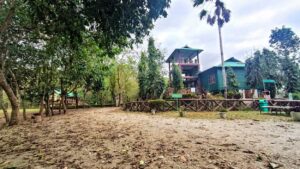
- Jayanti (Dooars) West Bengal – Attractions, Best Time To Visit
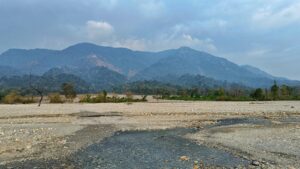
- Abanindranath Tagore’s Garden House | Konnagar Bagan Bari
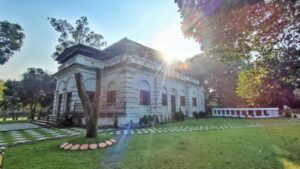
- 8 Best Places For A One Day Tour From Kolkata 2024
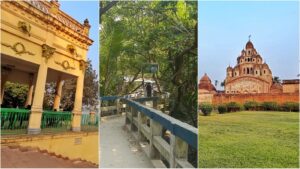
- Chandannagar Museum (Hooghly) – Timings, Ticket Price, History

- 4 Best Places To Visit In Bolpur-Shantiniketan (West Bengal)
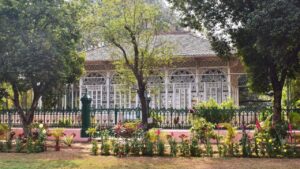
Disclaimer: Some of the links provided in the article may contain affiliate links. This means when you book or buy something using these links, you help support the website at no extra cost.
